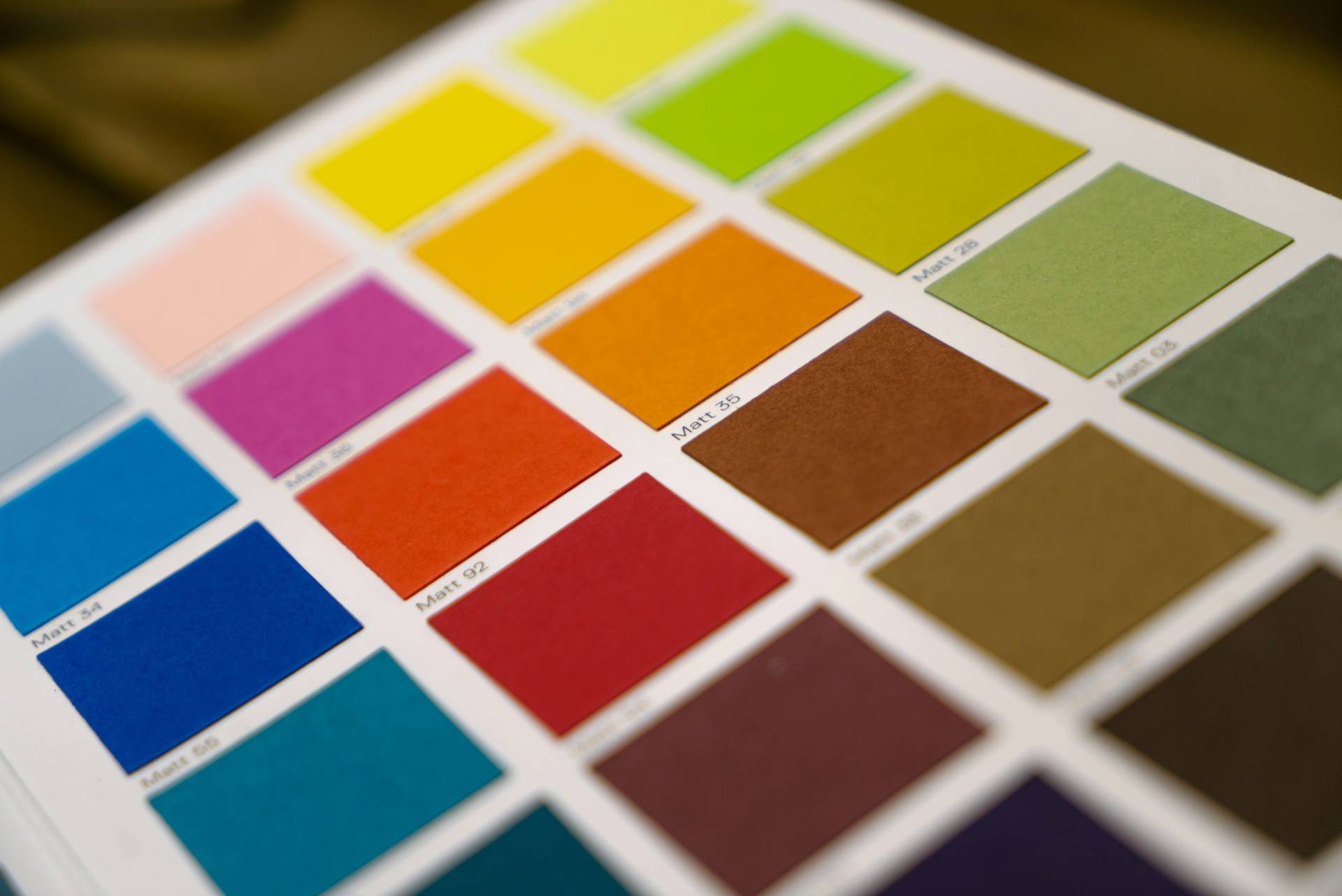Have any question?
Pigments and Ink
The pigments and ink industry, which supplies various products to the paints, inks, plastics, and textiles industry, needs many speciality chemicals. Remik caters to this industry with these chemicals. Listed are some of them.
- Pigment Manufacturing
Organic pigments: These are complex chemical compounds with various applications. Examples include azo pigments, phthalocyanine pigments, and quinacridone pigments.
Inorganic pigments: Common examples include titanium dioxide (white pigment), iron oxide pigments (red, yellow, brown, and black), and chromium oxide green.
Dyes: Used for coloring various substrates, including textiles, paper, and plastics. They can be organic or synthetic. - Binders and Resins
Acrylic resins: Used in the formulation of pigment dispersions and ink binders.
Polyurethane resins: Provide flexibility and adhesion in ink formulations
Cellulose derivatives: Such as cellulose acetate or cellulose ethers, which are used as thickeners and film formers in ink formulations.
- Solvents and Carriers
Alcohols: Ethanol, isopropanol, and other alcohols are used as solvents in ink formulations.
Ketones: Solvents like acetone, methyl ethyl ketone (MEK), and methyl isobutyl ketone (MIBK) are commonly used.
Aromatic hydrocarbons: Toluene and xylene are used as solvents and carriers in some ink formulations.
Esters: Ethyl acetate and butyl acetate are examples of ester-based solvents used in ink production.
- Additives
Surfactants and dispersants: Aid in the dispersion of pigments and dyes in ink formulations.
Antioxidants and UV stabilizers: Help improve the stability and longevity of inks, especially those exposed to light.
Rheology modifiers: Control the viscosity and flow properties of inks during printing.
Drying agents: Promote faster drying of inks after printing, improving productivity.
Biocides and preservatives: Prevent microbial growth in ink formulations. - Colorants and Additives
Colorants: Including organic and inorganic colorants, used to achieve specific colors in ink formulations.
Opacifiers and extenders: Used to adjust opacity and improve coverage in certain inks.
Crosslinkers and curing agents: Used in the formulation of specialty inks such as UV-curable or thermosetting inks.
